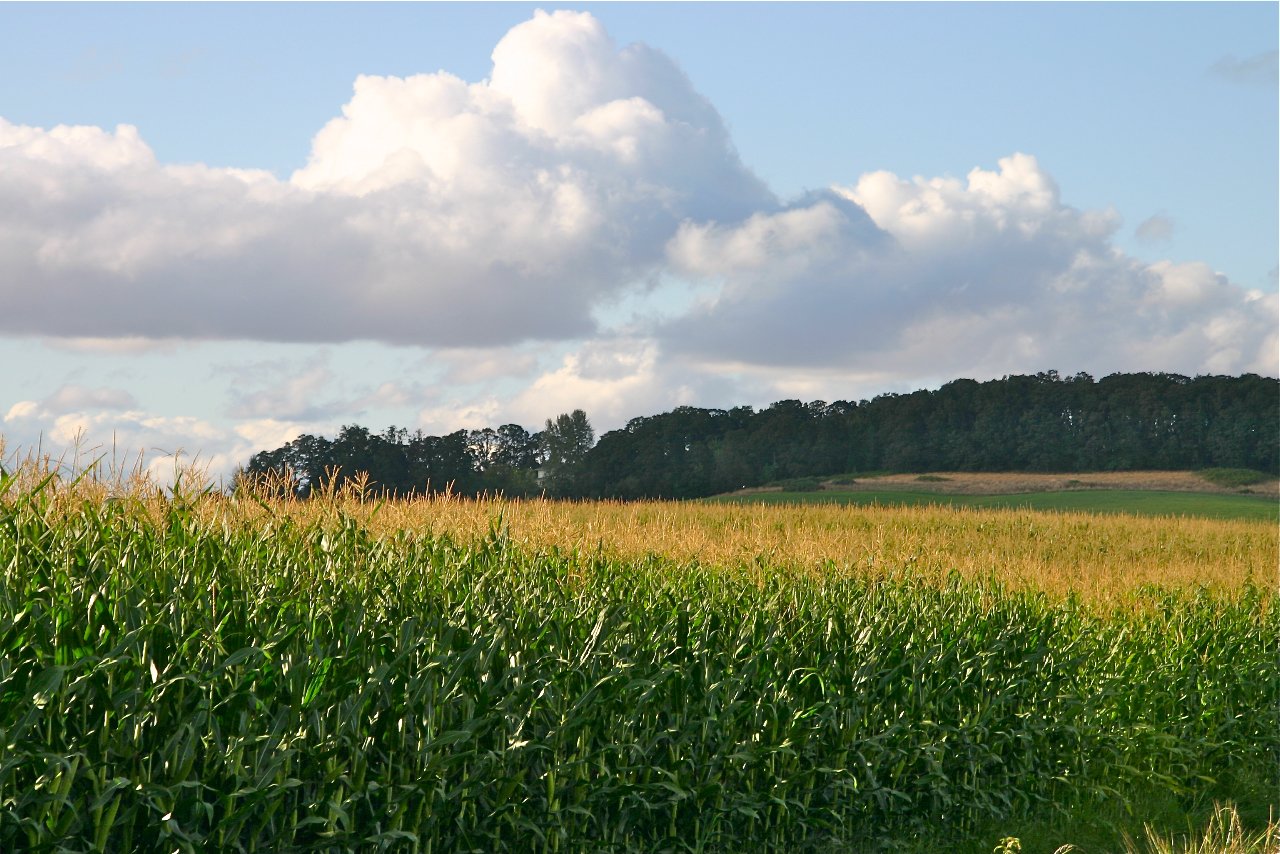
Inflation, Supply and Demand, State of the Supply Chain, and the Outlook of Agricultural Commodity
Article by: Rhett Brady I Staff Writer, BCS Chronicle
What You Need To Know:
The state of the supply chain has been impacted since the Covid-19 pandemic.
Other factors are causing worldwide inflation and shortages, such as conflict and climate change.
Steps have been made to combat the food shortages and high inflation, but it is uncertain if it will be effective overtime.
Professors from Texas A&M’s Agricultural Economics department talk about their findings to help understand the issues.
For two years, the COVID-19 pandemic has impacted the supply chain for the agricultural sector. The debate on the state of the supply chain, the exporting of goods from local and foreign markets, climate change, and the world conflict have all been big talking points.
Since the COVID-19 pandemic began in 2020, the domestic supply chain has been disrupted. Global inflation impacted the flow of goods, climate change created startling changes to the growth of crops and the Russo-Ukrainian war also impacted the supply chain dramatically. Food inflation has been slowing down, according to Insider, but with all of the uncertainties and misinformation, it is difficult to discern fact from fiction. Professors from Texas A&M University’s agricultural economics department were asked to help discern fact from fiction.
The George Bush Library and Museum on Texas A&M’s Campus
Photo by Rhett Brady
When there is a short supply of goods, consumers are likely to pay more for items. Food inflation has happened in every country, with the global average under 10%, according to The Organisation for Economic Co-operation and Development. This can lead to rising prices for goods that the consumers are demanding.
High prices and inflation need to be distinguished, said John Robinson, a professor and extension specialist for cotton marketing in the Department of Agricultural Economics.
“High prices are a response to shifting supply and demand,” said Robinson. “We have a shortage, and prices adjust. That’s economics. Inflation is a monetary phenomenon. It’s artificial.”
The rise in manufacturing prices have made large grocery chains increase their costs on the shelves, according to CNN. According to Accountable.US, a nonpartisan organization, retailers such as Kroger, Target and CVS have seen profits increase by over $24 million collectively.
Photo courtesy of Mike Mozart
“A few big and powerful companies, especially in their region, we do see instances where consolidation of an industry causes concerns,” said Victoria Salin, professor and co-director of the Agribusiness, Food and Consumer Economics Research Center at A&M. Her research focuses on food safety and distribution.
“The first problem that our U.S. antitrust authorities watch for is if a company has enough market power that it extracts profits from consumers,” Salin said. “One reason why food companies came out with unexpected profits was because we thought COVID would cause a nightmare. It didn’t happen."
A disruption to the supply chain has been caused by imports and exports, and the Russo-Ukrainian war worsened the problem. According to the St. Louis Federal Reserve, the price of fertilizer has risen because of factory shutdowns and ongoing conflict in the region. This has been a talking point among the rising costs for rural communities in America that rely on this fertilizer.
The Impact of the War is leading to much less fertilizer production for the world.
Photo courtesy of the AP
“With the situation in Ukraine, there have been disruptions in fertilizer production,” said Rebekka Dudensing, professor and associate vice president for economic development and community impact whose research helps the local community in Brazos county and the surrounding areas. “In terms of rural communities, it’s rough. We know that not only in rural communities but in the Brazos Valley, the demand for food services and help is ever-growing."
Climate change impacted agriculture around the world, with examples such as Syria’s wheat harvest losing over one million tons, according to Syria’s representative to the United Nations Food and Agriculture Organization, Mike Robson, quoted in a September 20 article in Reuters.
“Shifting weather patterns are making certain areas more advantageous or making it harder to produce in parts of the country,” said Bart Fischer, professor, and co-director of the Agricultural and Food Policy Center at Texas A&M who also has worked in Washington, D.C. “The pressures they’re dealing with due to drought and then huge amounts of rain that come all at once make farming very difficult.
Reverend and Senator from Georgia, Raphael Warnock, fights against climate change in Washington, and helped introduce the Solar Energy Manufacturing for America Act into congress in 2021. “The Earth is the Lord’s.”
Photo courtesy of John Ramspott
“From the policy perspective, we’ve fought for five decades over the source of climate change,” noted Fischer. “Most of the production agriculture sits out there and says, ‘Yes, the climate is changing, yes, I’m having to adapt to all of this,’ and I’ve been doing it from the very beginning."
Local grocers saw an increase in business during the COVID-19 lockdowns. That trend may continue if the global output of crops persists with uncertainty and domestic supply becomes more reliable, especially if the $600 million from the American Rescue Plan put into supply chain partnerships doesn’t work as intended.
“I know some people that purchase their meat at the downtown Bryan supermarket from a local processor,” said Salin. “I know they’re paying a fair amount more, but they’ve adjusted their budget for it. I believe it’s increasing.”
Open for Business
Photo by Rhett Brady
With all of the problems happening in agriculture, people continue to be optimistic about domestic output despite obstacles. According to a July article in Forbes, the United States will depend less on Asia and more on domestic agriculture and Mexico.
“We may take it for granted in this country, but there’s a lot of that going on behind-the-scenes to make that all happen,” said Fischer. “It was certainly disruptive, but for me, it was encouraging to see how resilient our food supply is.”





